How History and Different Cultures Have Loved Dogs
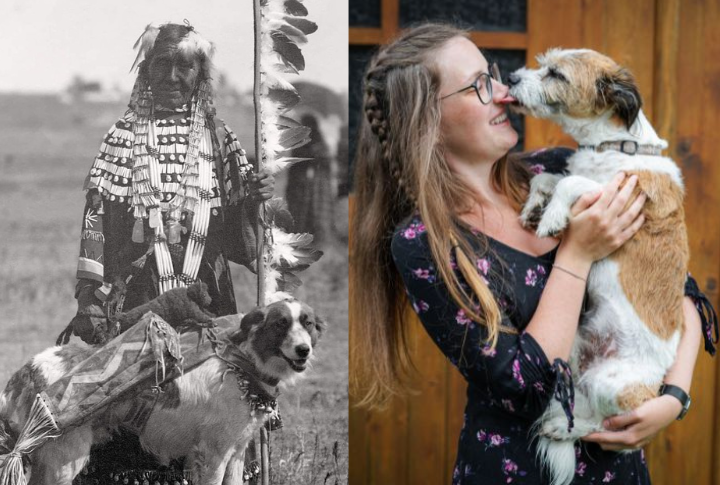
Throughout history, events have shaped how different cultures view and treat dogs. Dogs have played vital parts in human lives, From domestication to their roles as loyal companions and protectors in times of battle. This article studies how dogs have been loved and valued in various societies to reveal the unique relationships humans across different societies have formed with these remarkable animals.
Tamed Wolves
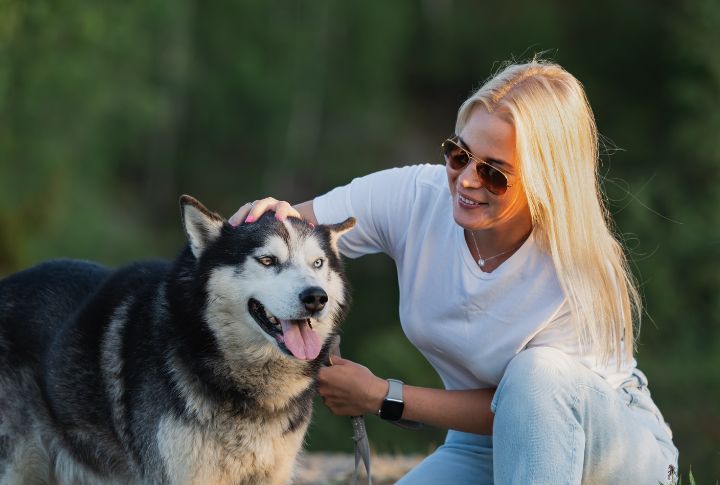
The story of dogs and humans began about 12,000 years ago when our ancestors first domesticated them from wolves. At that time, their relationship was mainly utilitarian, which means that dogs were mainly helpers who helped humans track prey and provide protection.
Herding and Guarding
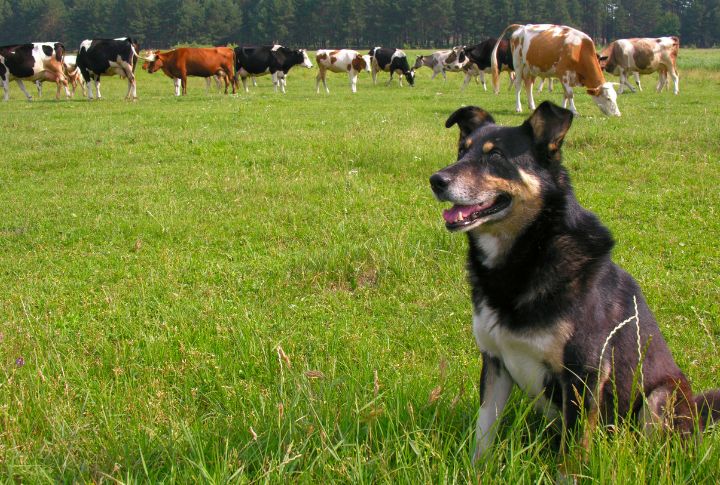
Then came the Agricultural Revolution around 10,000 B.C., which changed everything. Humans started settling down to farm instead of moving around to hunt. This shift allowed dogs to take on new roles of herding livestock, guarding homes, and keeping pests at bay.
Helpers and Buddies
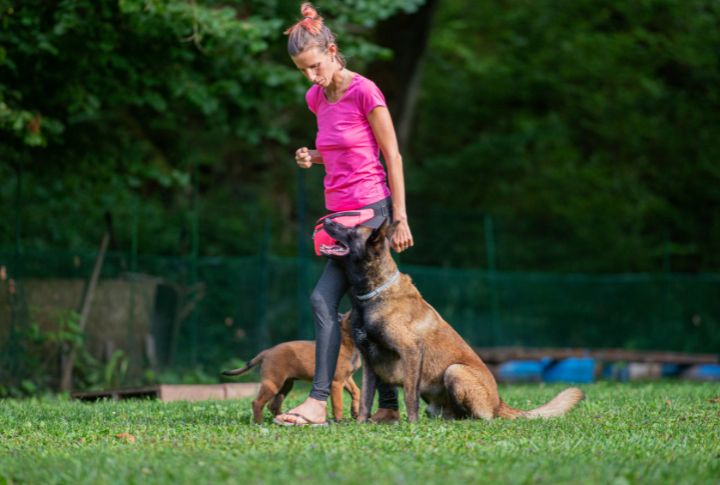
As dogs adapted to these tasks, they became more integrated into human lives. This led to a deeper bond between humans and dogs as people started breeding dogs for specific traits that would make them better helpers. Over time, dogs have evolved from mere helpers to loyal and beloved companions.
Dogs in Ancient Cultures
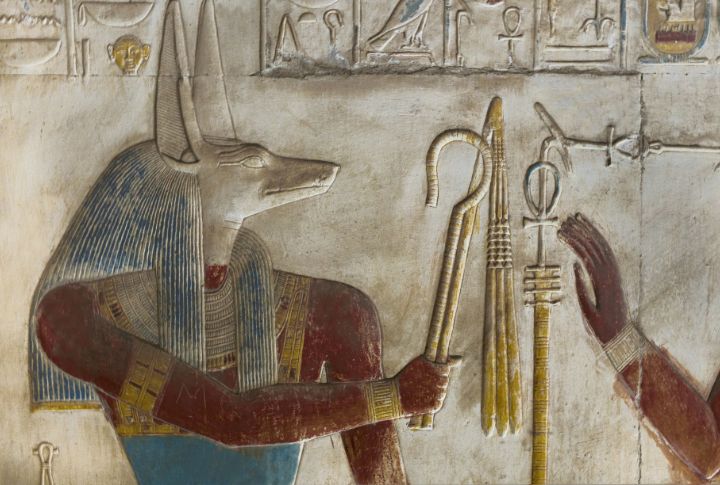
In ancient Egypt, dogs were highly regarded and often associated with the goddess Anubis, who was depicted as a jackal or a dog. Anubis was believed to guide souls to the afterlife, thus the spiritual significance of dogs in Egyptian culture. Dogs were beyond companions; they protected Egyptians from intruders.
Native American

Similarly, in Native American cultures, dogs were seen as mediators between humans and the spirit world. They were believed to be able to sense dangers and communicate with spirits, and they often participated in spiritual rituals. This connection to the divine made dogs cherished members of Native American communities.
India
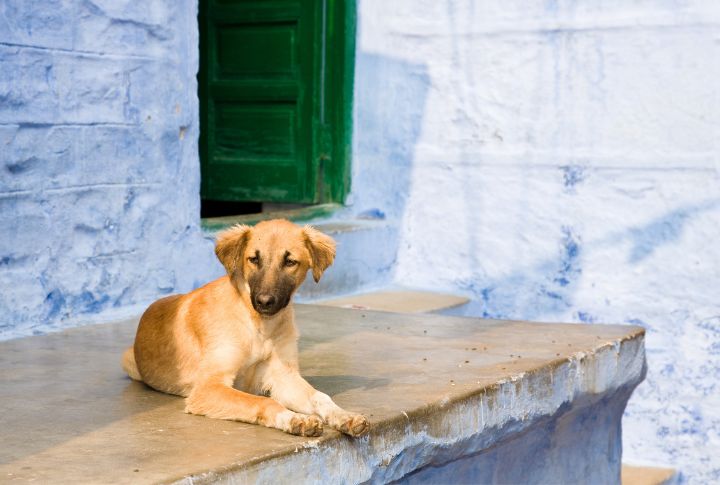
Dogs have a complex status in India. Historically, Indians viewed dogs with suspicion and associated them with disease. However, the Hindu culture reveres them and treats them as companions of gods and mythological figures. Today, movements promote animal welfare, and many Indians now appreciate these furry beings.
China
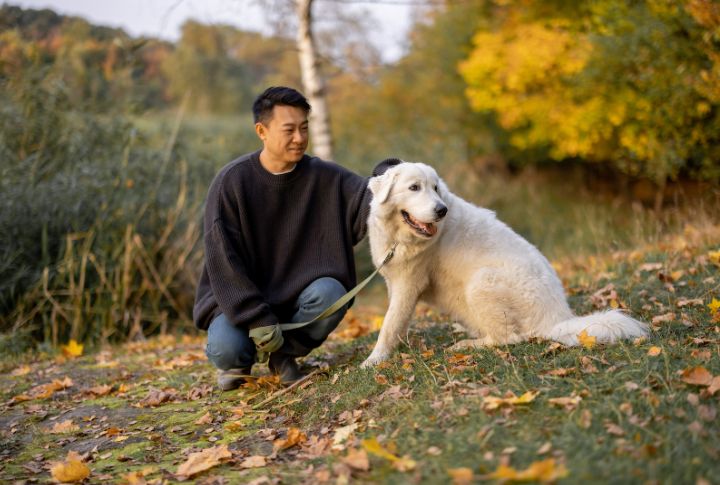
China’s relationship with dogs has evolved significantly over time. In ancient times, people kept dogs for hunting, protection, and food sources. During the Ming Dynasty, wealthy families began to keep dogs as pets. Recently, several advocates have advocated for dogs to be treated as pets rather than food.
Korea

While many Koreans own dogs as pets, there is still a cultural tradition of consuming dog meat, particularly among older generations. Efforts are underway to change this perception, with younger people increasingly clamoring for humanely treating dogs and opposing dog meat consumption.
The Western World
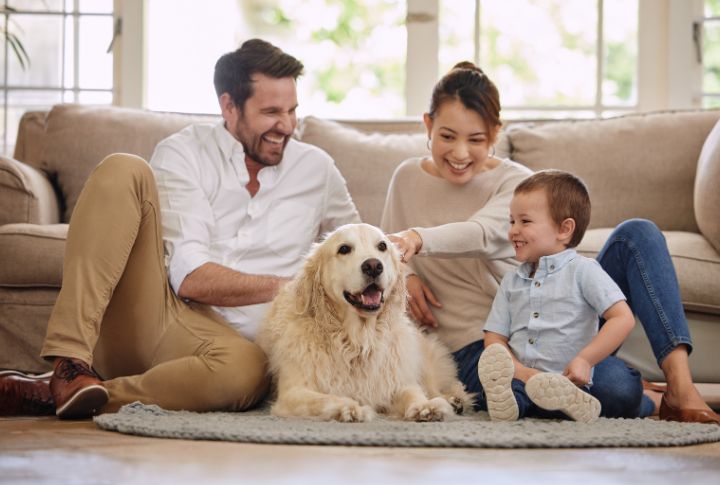
The Western cultures have embraced dogs as family members. In the US and the UK, dogs are often seen as family members, sharing homes and events with their owners. The close bond between dogs and humans is evident in how people mourn their loss and hold funerals to honor their memory.
Dogs in Japanese Culture

In Japan, dogs are celebrated for their loyalty and companionship. They particularly revere the Akita Inu, a breed that originates from northern Japan. The story and statue of Hachiko, an Akita known for waiting at a train station for his deceased owner for nearly ten years, symbolize the dog’s unwavering loyalty.
Dogs in Battle
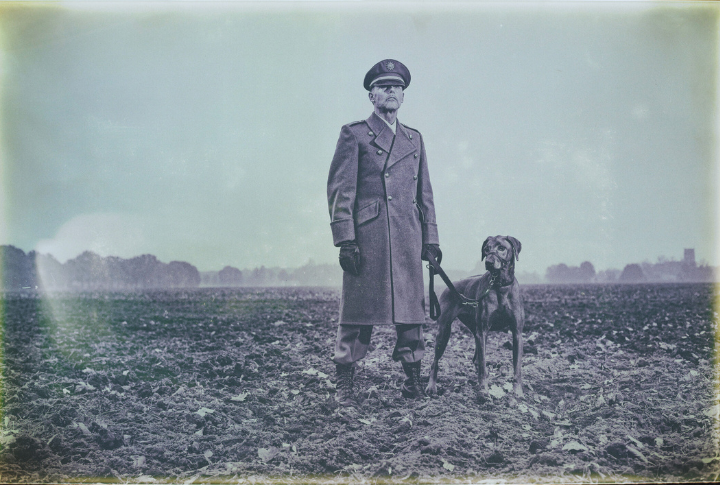
In World War I, dogs served various communication and medical support functions. One famous example is Stubby, a stray dog who became a war hero by capturing a spy and alerting soldiers to gas attacks. Their contributions during WWI and WWII led to the formal establishment of military working dog programs worldwide. Dogs continued to be used for scouting, detecting mines, and search-and-rescue operations.
Support Dogs
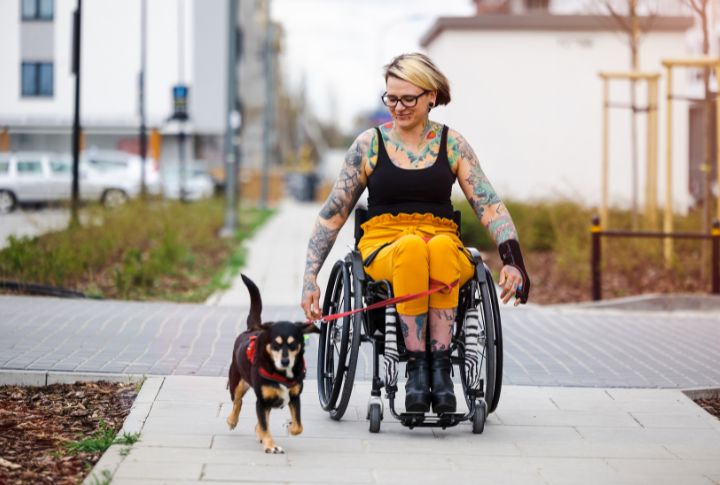
Beyond the military setting, people with disabilities also have a relationship of deep trust and mutual understanding with their furry pets. For example, a person with visual impairment can rely on their guide dog to walk through busy streets and avoid obstacles while still maintaining independence.
An Everlasting Bond
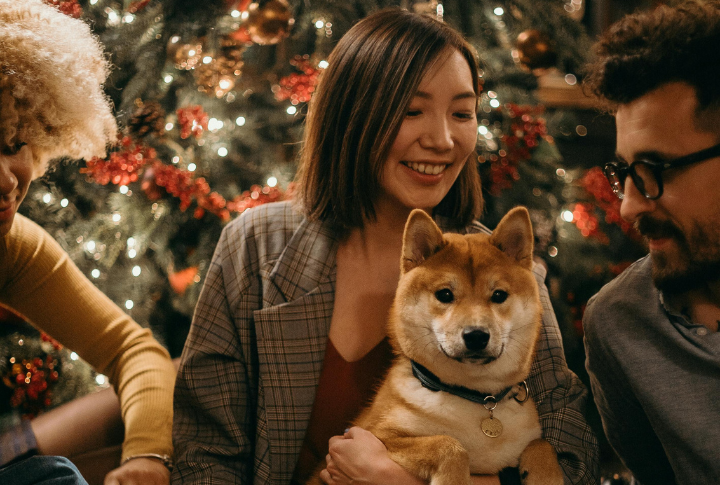
Across the world, dogs have been loved and cherished in diverse ways. From spiritual guides in ancient cultures to beloved family members in modern societies, their roles reflect each culture’s unique values and beliefs. As attitudes towards dogs continue to evolve, it is clear that the bond between humans and dogs remains strong and transcends cultural boundaries.





